How do most Scarterrans feed themselves?
A majority of Scarterrans are subsistence farmers with small parcels of land allocated to them from their local lord, or less commonly owned outright by small family units.
The basics of small family farms are pretty universal for humans, elves, dwarves, and gnomes and other civilized folk. Different regions might grow different crops but the fundamentals of subsistence farming are mostly the same.
Most of the food Scarterran farmers grow, they eat themselves. In a typical year at best, only 10-20% of their crops are excess which is either collected as taxes by their feudal overlord, share cropping agreements by the lands owner, or the excess is traded with merchants for coin or bartered for non-food goods and services.
 A lot of priesthoods also recruit new members from farming communities. If a priesthood oblates a farmer's son or daughter, that family will gain honor and prestige in their community and the priesthood will owe them a favor. The family also has one less mouth to feed. Also, family ties rarely disappear completely after a man or woman is ordained so a family with blood relatives among the local clergy can usually beseech a temple for aid faster than the general populace can.
A rare few mills are powered by magic, bypassing the need to work humans or draft animals to death on this unpleasant task. Either they make a golem push the wheel or animate a self-driving mill wheel. Even if one were to view creating a magical mill as a one-time expense, this is still not very economically. It commonly takes well over a century or two to recoup one's expenses for this magical investment. If a local lord builds a magical mill, he is probably doing this to show off his wealth and power.
Scarterrans have one small advantage over real world pre-industrial farmers. A theurgist with Purification magic can magically filter out impurities from poorly milled flour. Not every community has a Purification wielding theurgist among them and not every theurgist is willing to serve on mill duty but many are. Sometimes, priesthoods control mills instead of or in addition to local lords controlling mills in which case they might be a more egalitarian than the nobility but as alluded to earlier, even priesthoods can show favoritism.
Whoever controls the mills, flour is then distributed and made into bread, noodles, cakes, porridges, ales, and whatnot.
A lot of priesthoods also recruit new members from farming communities. If a priesthood oblates a farmer's son or daughter, that family will gain honor and prestige in their community and the priesthood will owe them a favor. The family also has one less mouth to feed. Also, family ties rarely disappear completely after a man or woman is ordained so a family with blood relatives among the local clergy can usually beseech a temple for aid faster than the general populace can.
A rare few mills are powered by magic, bypassing the need to work humans or draft animals to death on this unpleasant task. Either they make a golem push the wheel or animate a self-driving mill wheel. Even if one were to view creating a magical mill as a one-time expense, this is still not very economically. It commonly takes well over a century or two to recoup one's expenses for this magical investment. If a local lord builds a magical mill, he is probably doing this to show off his wealth and power.
Scarterrans have one small advantage over real world pre-industrial farmers. A theurgist with Purification magic can magically filter out impurities from poorly milled flour. Not every community has a Purification wielding theurgist among them and not every theurgist is willing to serve on mill duty but many are. Sometimes, priesthoods control mills instead of or in addition to local lords controlling mills in which case they might be a more egalitarian than the nobility but as alluded to earlier, even priesthoods can show favoritism.
Whoever controls the mills, flour is then distributed and made into bread, noodles, cakes, porridges, ales, and whatnot.
Choosing crops
A noble man with a vast estate is probably going to select crops to maximize the highest yield of crops that can be sold or traded. A typical peasant farmer is not trying to maximize his farm's yield, he is trying to avoid starvation for him and his family. Maybe the climate and soil of the farmland that a peasant family has is ideal for high barley yields, but he is not going to plant one crop exclusively no matter how big the hypothetical yield would be. Sure during a good year, a farm that plants a single crop suited to his land is going to have a nice big surplus, but If they have an early frost the following year takes out all the barley and barley is all he has, his family will starve. Barley can handle a dry year, but they don't like cold snaps. Rye can handle colder weather but they don't do well during dry years. A farmer planting four or five different types of cereal is not going to be happy if one of his crops has a bad yield, but at least his family is probably not going to starve if the four other crops are doing okay. Planting various crops has a secondary advantage that different crops have a different planting and harvest schedule. If the planting and harvest schedule is staggered, there is less of a strain on the labor supply because a farm's labor demand tend to spike during planting and harvest time. This is easier said than done, as most staple crops have similar but not identical harvest cycles unless the climate of an area is able to handle both summer and winter varieties of different crops concurrently. Fortunately in the Feudal Era of the Third Age, most major staple crops are available on every continent. Scarterrans have a wider variety of crop options than real world pre-industrial farmers did. That means you easily see a small farm that grows rye, barley, maize, and potatoes among other things. Different regions pick their crops largely by what the soil and weather conditions permit, but also vary by what the locals prefer. For instance, elves tend to dislike potatoes and favor maize.Human and Animal Power
A very fortunate peasant farmer may own a draft horse or ox. A few villages have communal draft animals owned jointly by several families. Most of the time, the local lord owns most or all of the local draft animals. After the lord's personal estate has been plowed, then he is likely to loan his draft animals to his serfs or rent his draft animals out to the local peasants for a nominal fee (or an IOU for labor later). Generally speaking, there is an ideal time to plow and an adequate time to plow. The nobles get to plow during the ideal time, and the subsistence farmers have to make due with adequate plowing times. Often, subsistence farmers get to do most/all of their plowing with human muscle rather than draft animals. Not only is this physically demanding but animal plows tend to be deeper and straighter so they produce higher crops yields. Thus, rich people who can afford more animals tend to have the best crop yields. Whether or not a farmer has access to draft animals, planting time involves a lot of hard work. Usually every able bodied man, woman, and child is utilized with planting and harvest time, while the rest of the year the bulk of farming work is performed by men.Lean Times and Good Times
Farms have good years and bad years. Some of this is based on external events such as bad weather, war or other calamity. But a farm's annual yield can also be affected by personal factors. Maybe one or two key members of the family got sick or injured (or died), so the family wasn't able to work in the fields as much. Generational change can create good or bad years for crops. A family unit with lots of able bodied young adults is going to be able to farm more efficiently than a family with a lot of children and elderly. To a lesser extant, male/female ratios also affect labor available. A farmer that has a good year is going to want to bank something for future years that are less prosperous. How does a Scarterran do this? Storing extra food is an option, but food is perishable and is hard to store long-term. Food can spoil is if it is too warm, too damp or too dry. Food stores can be despoiled by vermin or stolen by thieves. A farmer can sell excess food and store coins and theoretically use the coins to buy food during lean years. Coins do not spoil, but they can be stolen. Also, if the entire region has a bad year for crops, that means food prices are going to go up substantially during those years. Unfortunately this means that when coins are needed most needed to buy food, they are least useful. If a farmer cannot easily bank food or coins, he will instead seek to bank good will. In most cases, farmers want to bank good will with their neighbors and with the local Nonagon. The best part for the farmer is that good will of this sort is usually inheritable. A farmer's children and grandchildren can reap the rewards of his past generosity long after his death. A farmer that is having a good year will often throw a feast for his neighbors. A farming family with an excess of young adults might volunteer to help a neighboring farm family with some of their chores. Perhaps a farmer having a good year is overly generous with dowry or wedding gifts. If the farmer falls on rough times later, his neighbors will hopefully remember his past generosity and be willing to give him a helping hand. Most farming families are out for themselves first but they strive to give more to their community than they receive so they can have the label of being "respectable" because respectable farmers can count on the support of their neighbors in times of need. If every family in the village is has having a bad year for crops at the same time, then it doesn't help much if everyone is respectable, but that is why a forward thinking farmer will try to bank good will with the Nonagon.A lot of religious groups are happy to aid local farmers for free just to give their patron god or goddess goodwill, but they are still human (or some other mortal race that is similar to humans). Priests, clergy, and theurgists are more likely to give aid to peasants who donate generously to their local temple than those who do not. Frequently farmers like to bank goodwill with the Tenders and Stewards of the Gift as these groups are more tightly integrated with farming villages than most, but almost every priesthood has at least a few temples and clergy that are embedded in the local agricultural communities.
It is difficult for a farmer to store food long term, but with a little bit of Plant and/or Purification magic, some priesthoods can maintain silos of emergency food for long term storage. Many priesthoods also own more mundane food producing resources such as land, draft animals, and livestock. They usually have treasuries of coins too. Priesthoods can store emergency resources easier than most farm families can.

Ancient Greek Inspired Nami Symbol by me with Nightcafe
They can heal the sick and injured (which helps farmers with labor losses). They can use a bit of of magic to enhance crop yields or cure plant blights. While rare, some theurgists, mostly Nami affiliated, wield enough Weather magic to summon or banish rain clouds, but most weather witches are loathe to do this casually.
Side Work
A lot of cases, a farm family's plot of land is too small to feed everyone exclusively from their own land requiring them to seek additional food elsewhere. Sometimes peasants need to obtain non-food tools and supplies that they cannot produce themselves. Farmer's wives and daughters generally only work in the field during harvest and planting time. In most cases they stay in the home. This does not mean they are not contributing to their family, far from it. The women are usually making things: textiles, pottery, herbal remedies, and more. If the family has a surplus of anything, they can sell or barter it. In a lot of cases, a farm family makes far more income from selling their wife's excess handicraft than they receive from selling excess crops. This is how Borderlander family's support themselves and many other farming family's do something similar For a serf family, where the local lord often takes all of the excess crops, this may a family's only way to obtain excess coin. Between planting and harvest time, some farmers have extra time on time on their hands. Peasant men can and often do sell their labor. Serfs may be ordered to perform extra labor or they might actually be paid for their extra labor depending on the local laws and customs. This labor may be paid with coin, goods, or food. Local lords or wealthy landowners that have more land than they have laborers are the most common employers of this excess labor, but farmers in the off season can find work in mines or quarries or perform day labor in nearby towns. A skilled craftsman can normally make a higher income than a farmer can, but this assumes there is a constant demand for his services. Sometimes, farmers moonlight as blacksmiths, tanners, or other craftsmen. More commonly, craftsmen may moonlight as farmers putting aside their craftsman's tools during harvest and planting time.If the local government maintains a militia, peasant farmers who serve in the militia are often rewarded with extra money or extra food for their families. For obvious reasons, most militia training and military drills take place between planting and harvest time though hostile powers are often likely to attack at planting or harvest time, so there are often readiness drills at these times.
From Harvest to Bread
A potato can be pulled out of the ground and thrown into a cooking pot almost immediately, but most cereal crops need to be processed before they can be eaten. One needs to separate the inedible husks from the edible seeds with some threshing and milling. Threshing processes vary by crop and region, but the goal remains the same, separate the inedible husks from the edible seeds. Then a farmer typically tries to figure out the best seeds to use for planting the next year's crop while the rest of the seeds go for processing at the local mill. Some millstone donkeys are actual donkeys.
Depending on the crop, milling may be done small scale in the homes of farmers or an entire community's crops can be milled in single centralized location controlled by the local lord. Mills can be powered by wind, water, or unlucky draft animals or workers.
Turning a mill wheel is the very definition of backbreaking labor and mills tend to be filled with gritty dust in the air that no should be inhaling. Scarterra doesn't have a lot of animal right's activists but a "millstone donkey" is a common metaphor for a very unlucky person. If a human or other mortal is pushing a mill wheel, that human is probably a convict or other person sent to the mill as a punishment.
Mills can serve as a method of control. If the local lord controls the only mill, he has total control over how much flour everyone receives, or at the very least, he can set the prices.
Even if the local lord doesn't control the only mill, the local elites almost certainly control the best mill. Rich people tend to get the finest ground flour and the poorer people get coarser ground flour. Most mills use a literal mill stones of some kind, so people to have to deal with tiny specks of grit from millstones in their bread. Again, rich people generally get the more carefully milled grain and don't have to spit out rocks as much. A major cause of lost teeth among the peasantry is biting too hard into a chunk of millstone and then getting an infection which requires the tooth to be pulled.
One cannot live on bread alone
Larger land owners nearly always have extensive orchards, vegetable gardens, and herbal gardens. Most subsistence farmers, even lowly slaves, maintain a small garden with a few seasonal vegetables and herbs. If they are lucky they have some fruit trees or bushes. For protein, it is very common for Scarterran farmers to have chickens for eggs, goats for milk, and pigs for meat. Conveniently, livestock, especially pigs and goats can often eat agricultural byproducts that humans cannot digest such as discarded corn or wheat husks. Manure can help fertilize fields though nobles and other elites tend to have the most draft animals so they tend to have the most manure. Rich people are also are better able to afford to the services of gong farmers from local towns and cities, so their fields are usually the best fertilized. Even nobles don't eat chicken very often, chicken is eaten even less commonly eaten than beef. Most regions of Scarterra use pork as their main source of meat for peasants and princes alike, but some places are more prone to eat goat meat or beef. Milk cows are mostly a middle or upper class luxury, but a few regions that have abundant pasture land might see a few lucky peasants or serfs with their own family milk cows. Between planting and harvest time, peasant farmers may hunt and fish or go out into the woods to look for edible mushrooms, fruits, roots, and nuts. Sometimes the local lords or priesthoods place legal restrictions on where peasants can or cannot go hunting and fishing but just because something is illegal, doesn't mean it doesn't happen, especially during lean times where a struggling farmer has to choose between clandestine poaching or watching his children starve. Most nobles aren't sadists who want to watch their subjects to starve to death, so they can and occasionally do loosen hunting restrictions during times of woe, but whether times are good or lean, certain game is associated with different classes. Often venison and wild boar meat is reserved for the upper class while peasants are more likely to eat rabbit or salmon. Food is food, not every noble is a snob with their personal dinner plates and many upper class people enjoy eating rabbit and salmon.Peasants, Serfs and Slaves
I covered the the distinctions of peasants, serfs, and slaves in another article. Often, Scarterran nations and provinces only use slaves or they only use serfs or they only use free peasants, but in some cases societies are mixed. For the most part, the daily routines of a farmer is mostly the same for a slave, serf, or free peasant but there are differences, especially in mixed societies. In mixed societies, slaves usually get the short end of the stick in all things. Slaves are generally stuck with the least valuable lands and the least access to tools and draft animals. Slaves have very few if any options to get out of their horrible situation, but serfs and slaves have more mobility, both up and down. Counterintuitively, serfs have some advantages over free peasants. If a noble lord has free peasants and serfs, in a lot of cases the noble will give preferential treatment to his serfs. Serfs often are given the most fertile plots of land and have priority access to the lord's draft animals and farming implements. During good times, a free peasant is better off than a serf because he can keep most of the fruits of his good fortune and a serf's excess crops are all taken and sold by his lords. During a lean times, a local lord with excess stores of food is likely to give his serf's his extra food stores while selling food to his free peasants. If there is not enough foodstores to feed everyone, the free peasants go hungry first. Unlike slaves, serfs and peasants have a little bit of social mobility, both up and down. Because of the aforementioned benefits of greater access to food and tools, free peasants sometimes ask to be made serfs. Other times, serfs desire more freedom and autonomy over their own affairs so they petition to be freed from serfdom, often with the sponsorship of one of the priesthoods or in exchange for some special service. Serfs and free peasants can and sometimes do intermarry and the status of their children is often nebulous.
Primary Related Location
Related Organizations

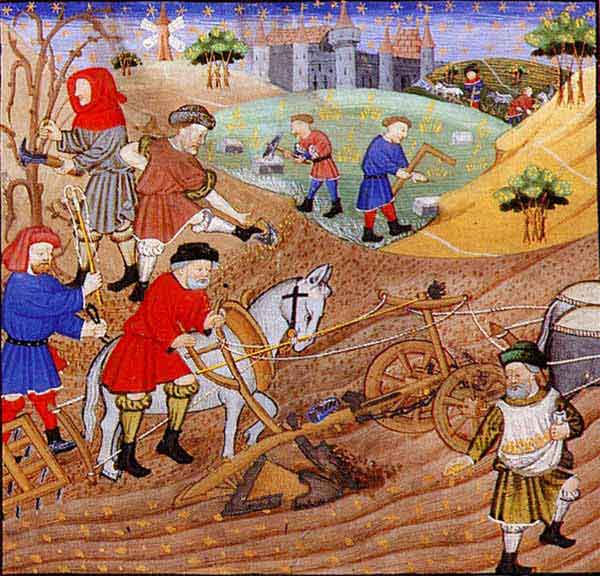
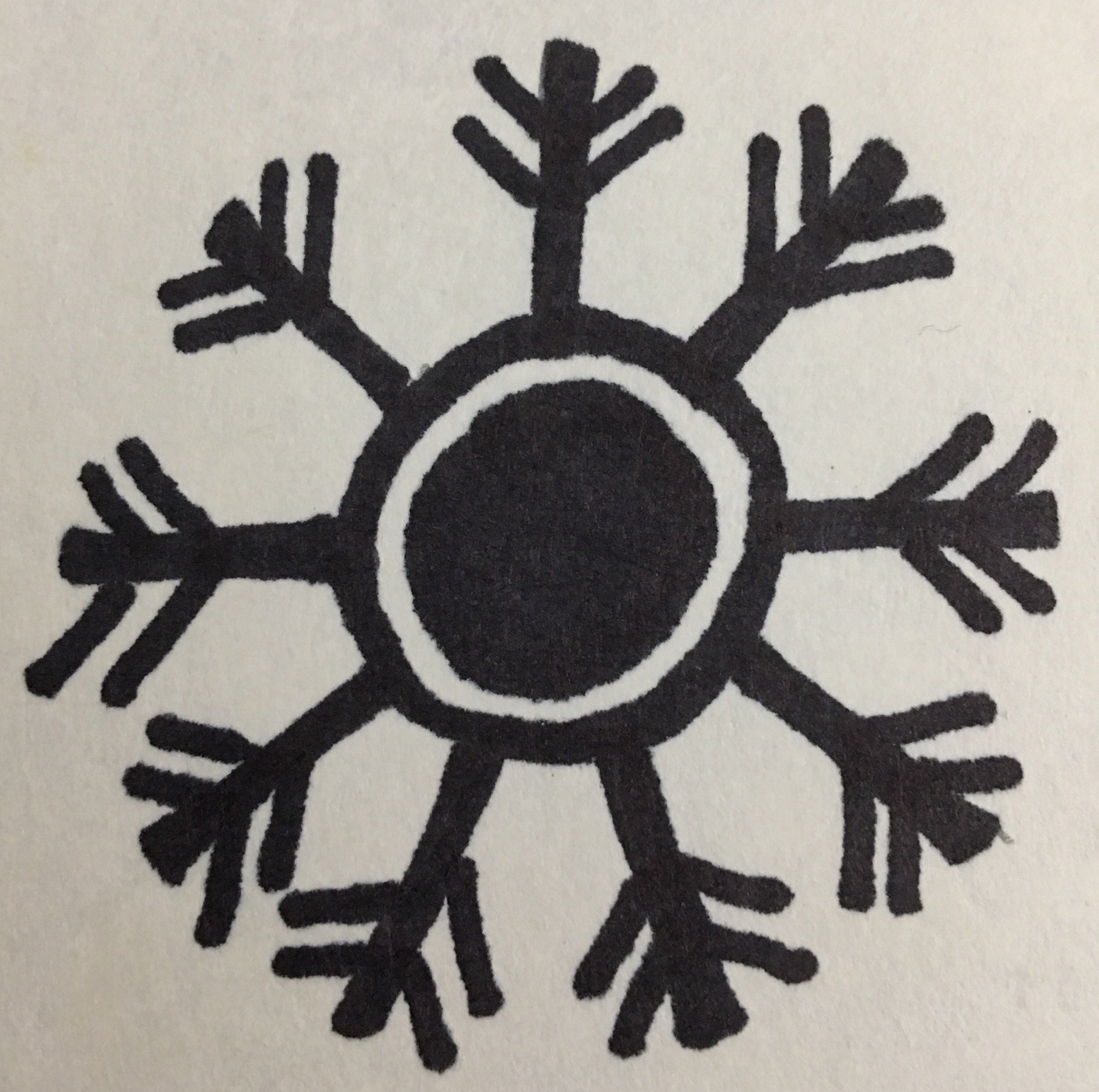

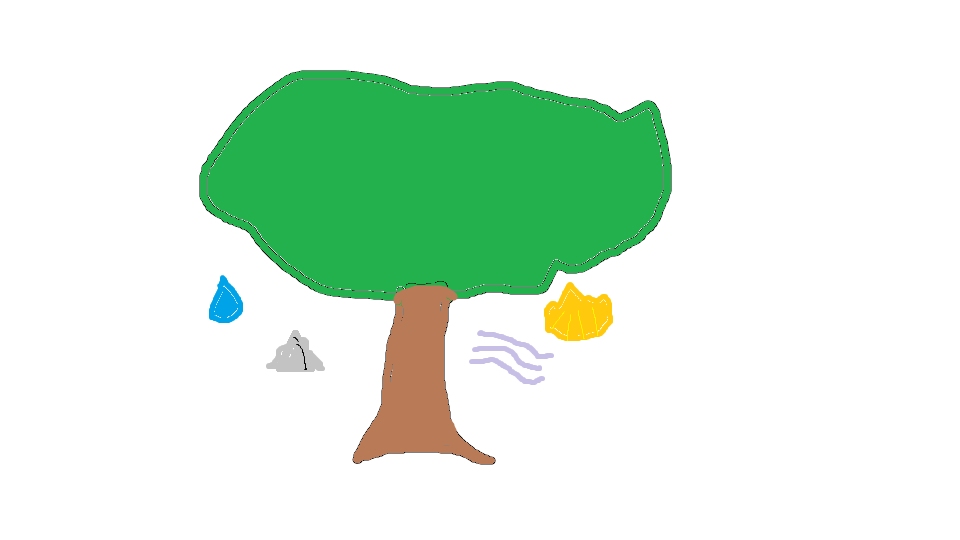
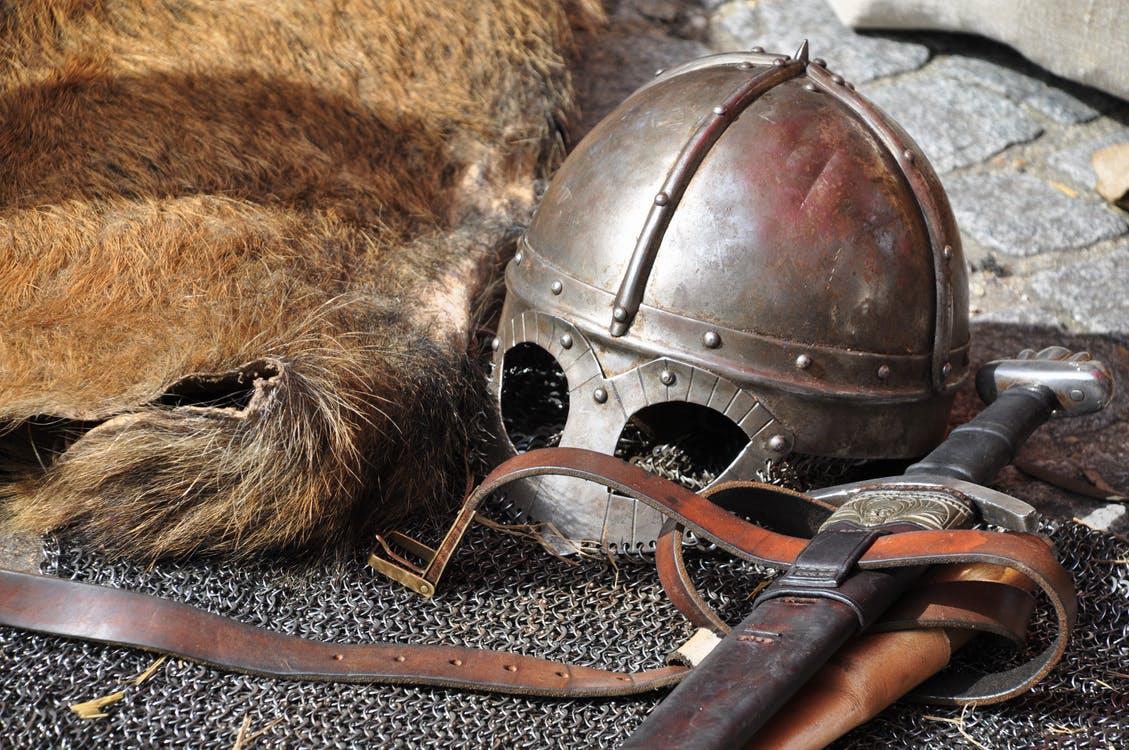


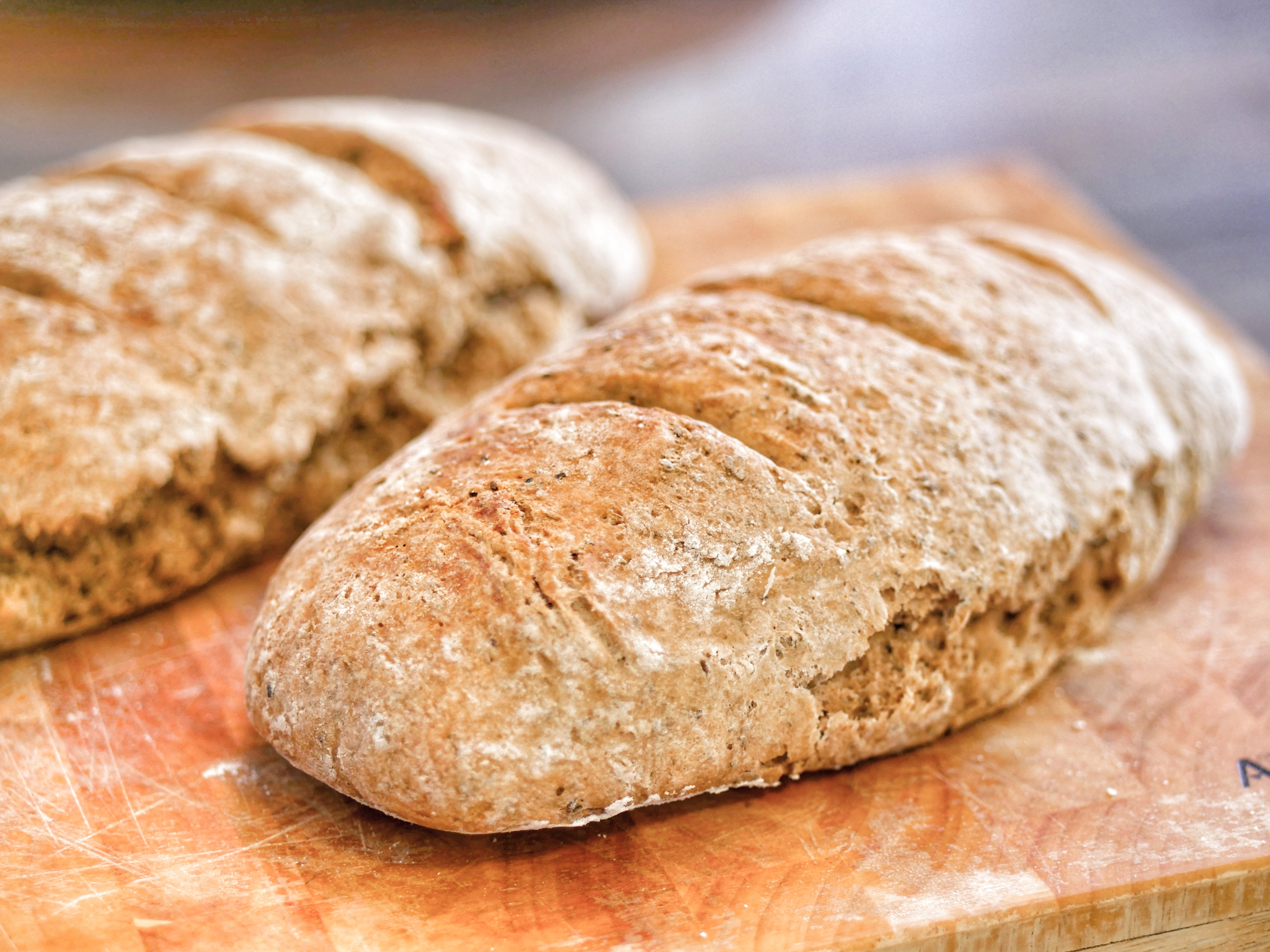
Comments